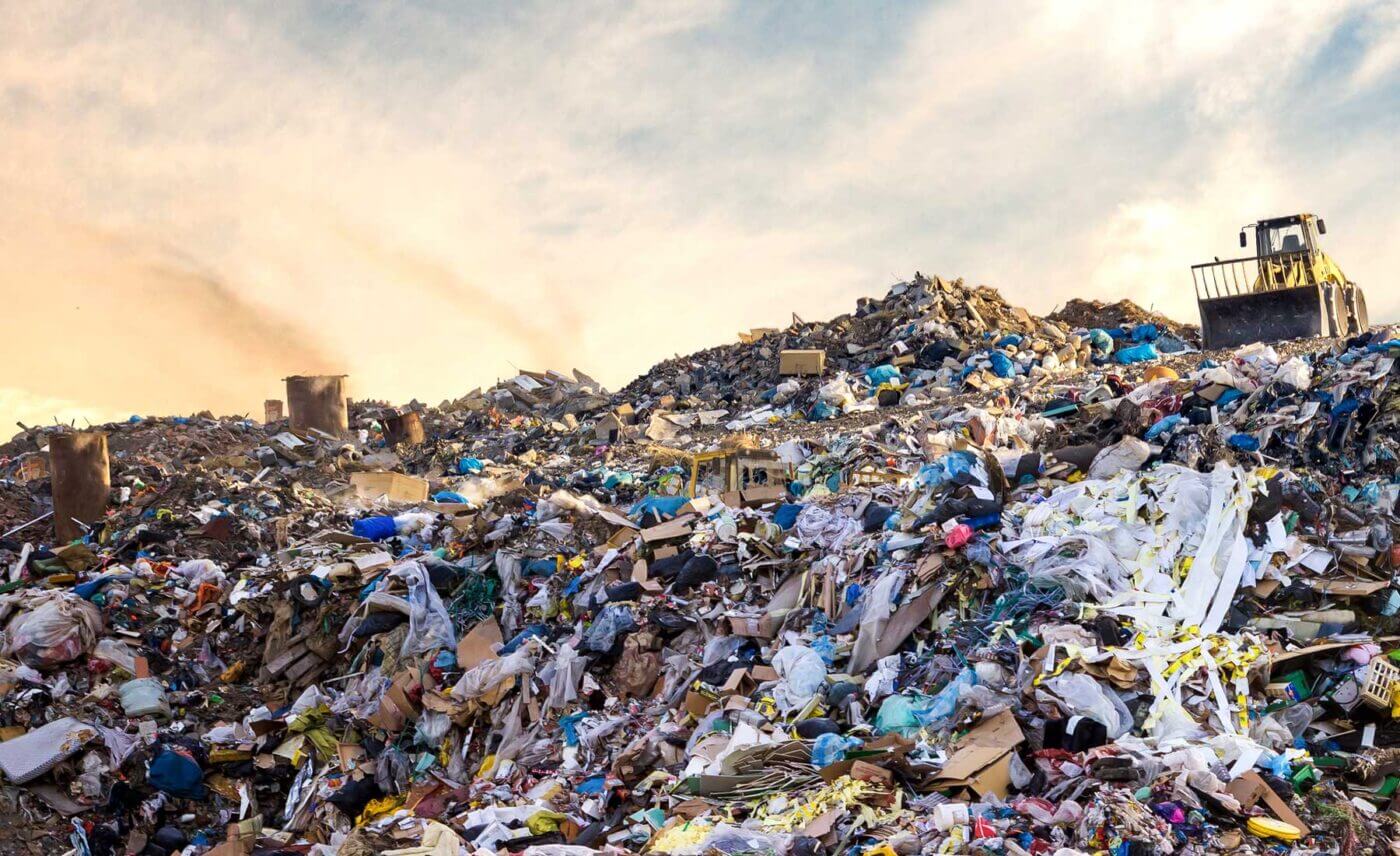As global climate change becomes an increasingly pressing issue, reducing greenhouse gas emissions has become a shared goal among countries and businesses. Landfills, as significant sources of greenhouse gas emissions—especially methane—have come under the spotlight of environmental policies and green finance systems. In recent years, the integration of methane detection technology with green finance has provided new economic momentum for landfills to reduce emissions. This not only helps businesses fulfill their environmental responsibilities but also brings considerable economic returns.
Methane Emissions and Green Finance: Background and Challenges
Landfills are major sources of greenhouse gas emissions, with methane being particularly harmful. According to studies in the climate change field, methane has a greenhouse effect 28 times stronger than carbon dioxide, making effective monitoring and control of landfill methane emissions crucial for addressing climate change.
In this context, green finance, as a financial tool for funding sustainable development projects, has rapidly evolved globally. Green finance includes green bonds, green funds, and other financial instruments, as well as carbon trading and carbon credits, to incentivize businesses and governments to adopt more environmentally friendly practices. In this system, landfill methane reduction projects can obtain carbon credits, allowing them to secure funding, which drives the development of a green economy.
Methane Detection Technology: Key Assistance for Green Finance
Methane detection technology plays a crucial role in controlling methane emissions from landfills. Through accurate monitoring, businesses can ensure that emissions comply with environmental standards and use methane detection data as the basis for carbon trading and green finance projects.
Methane detection instruments monitor the methane emissions in real-time, enabling operators to precisely identify emission sources and levels. This allows for quick intervention when gas leaks or exceedances are detected, ensuring timely corrective actions are taken. Such efficient and accurate monitoring not only improves landfill operation efficiency but also helps businesses gain a clear understanding of their carbon emissions, providing scientific data for carbon credit certification.
For example, many landfills in Europe have already integrated methane detection technology with the carbon trading system. Businesses use accurate methane emission monitoring data to obtain carbon credits. These carbon credits can be traded in the international carbon market, bringing additional economic benefits. This process not only supports global climate goals but also helps landfill operators secure financial support through green finance for improving facilities, expanding emission reduction projects, and enhancing sustainable development.
International Cases: Successful Experiences from the US and Europe
In the United States, states like California and New York have already begun integrating methane detection technology with carbon credit trading to drive green finance projects. In California, for example, state regulations require landfills to monitor methane emissions during their operations. With advanced methane detection equipment, landfills can monitor methane levels in real time and adjust gas treatment facilities accordingly. Companies use these data to apply for carbon credits and sell them in the carbon market, generating significant economic returns. This initiative has not only helped California reduce greenhouse gas emissions but also provided additional funding for participating businesses.
In Europe, countries like France and Germany have made remarkable progress in integrating methane emission control with green finance. Through precise methane monitoring and emission control, landfills in these countries are able to participate in the EU carbon market, earning carbon credits and financing projects via green financial tools. In Germany, some landfills even collect methane and convert it into green energy, providing clean electricity to the grid, while raising funds for emission reductions and energy transition projects through green bonds.
The Symbiotic Relationship Between Methane Detection and Carbon Trading
The relationship between methane detection and carbon trading goes beyond data provision; it also involves shared economic benefits. By accurately monitoring methane emissions, businesses can ensure they meet reduction targets, thus obtaining carbon credits and participating in carbon trading. This mechanism encourages more landfills to enhance gas monitoring and improve emission reduction efficiency.
In this process, methane detection instruments not only serve as compliance tools but also provide data support, enabling businesses to secure funding through green financial channels. For governments and regulatory bodies, a comprehensive methane detection system provides transparent and reliable carbon emission data, ensuring the fairness and effectiveness of the carbon trading system.
Conclusion: The Future of Methane Detection and Green Finance
As global environmental pressures increase, the combination of methane detection and green finance will become a crucial driver for landfill emission reductions and sustainable development. With accurate methane detection technology, landfills can not only improve emission control efficiency but also generate economic returns in the carbon trading market, promoting the growth of green finance.
In the future, with technological advancements, methane detection instruments will become more intelligent and precise, and their integration with green finance will deepen. Companies, governments, and financial institutions can collaborate to foster a win-win scenario for both the environment and the economy, contributing to the achievement of global emission reduction targets and the promotion of sustainable development.











